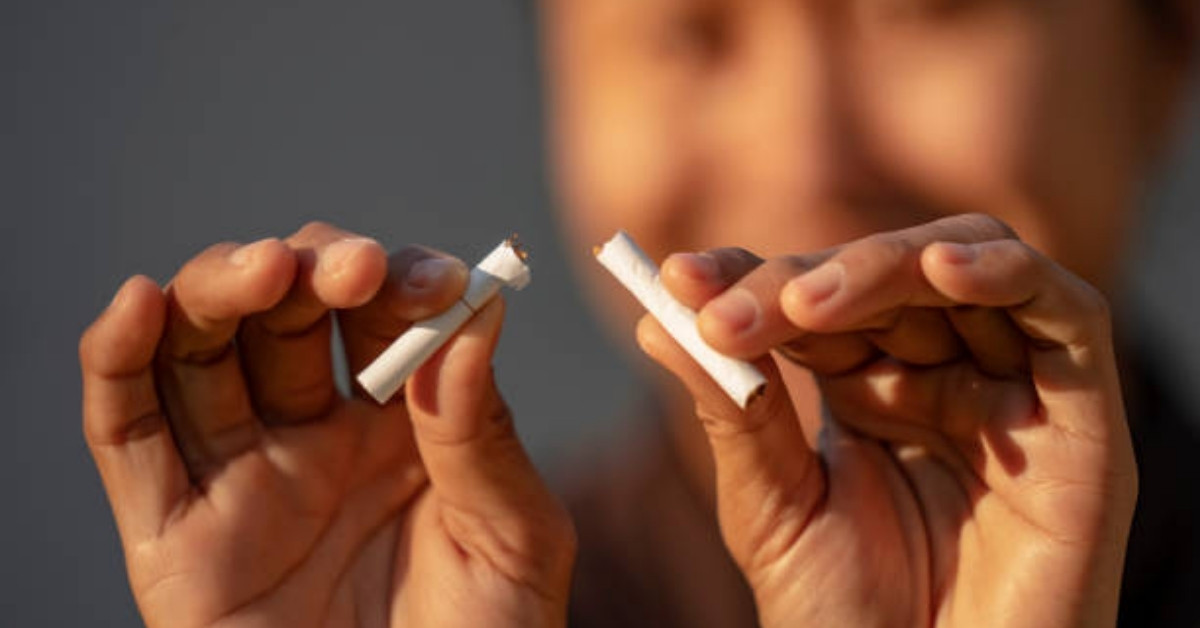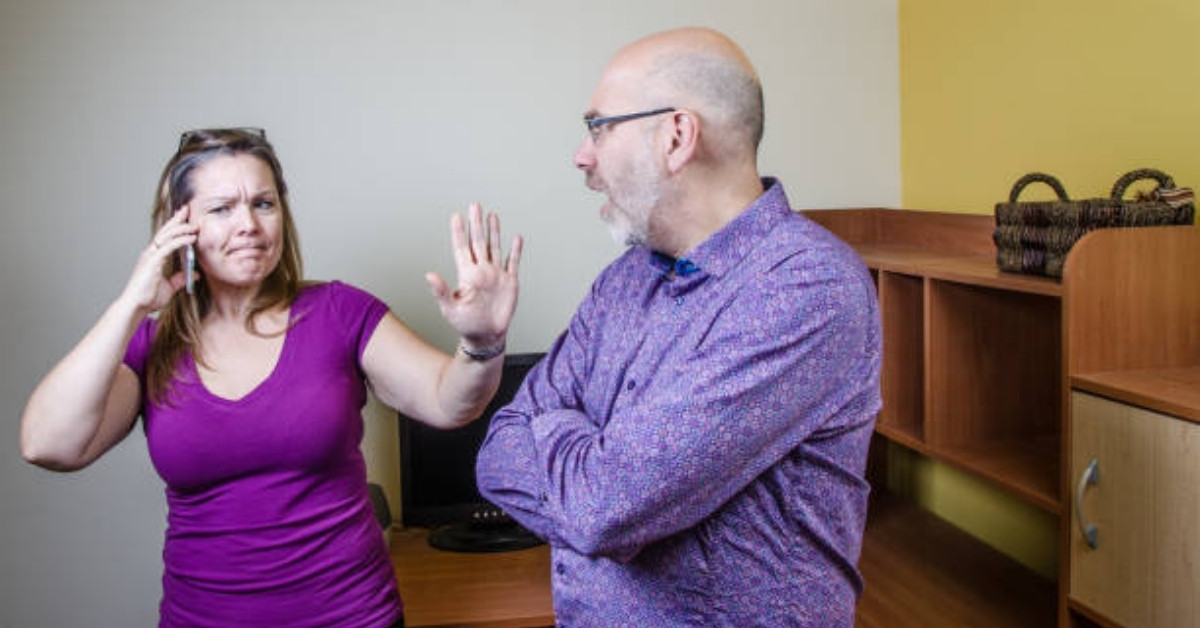Understanding Addiction Recovery
Addiction recovery is a multifaceted process that involves various stages and requires a deep understanding of the nature of addiction itself.
The Complex Nature of Addiction
Addiction is not merely a matter of willpower or personal choice. It is a complex condition that affects the brain’s chemistry and function. Understanding addiction involves recognizing that it can be influenced by genetic, environmental, and psychological factors.
| Factor | Description |
| Genetic Predisposition | Some individuals may have a hereditary risk for addiction, making them more vulnerable to developing substance use disorders. |
| Environmental Influences | Factors such as stress, trauma, and exposure to drugs can significantly impact a person’s likelihood of becoming addicted. |
| Psychological Factors | Mental health issues, such as anxiety and depression, can contribute to addiction and complicate recovery. |
In essence, addiction affects not only the individual but also their relationships, work, and overall quality of life.
Seeking Help for Recovery
Recognizing the need for help is a vital step in the recovery journey. Many individuals may feel hesitant to seek assistance due to stigma or a belief that they can overcome addiction on their own. However, it is essential to understand that professional support can significantly increase the chances of successful recovery.
The process of seeking help may involve different resources and support systems, such as rehabilitation facilities, therapists, and support groups.
| Help Type | Description |
| Rehabilitation Programs | Structured treatment programs that provide medical and psychological support for individuals overcoming addiction. |
| Counseling | One-on-one or group therapy sessions that help individuals address the underlying issues related to their addiction. |
| Support Groups | Peer-led groups offering support, shared experiences, and encouragement in a community setting. |
Understanding the complexities of addiction and the importance of seeking help is essential for anyone considering recovery. It sets the foundation for the recovery process and enhances the likelihood of achieving lasting change.
Effects of Stopping an Addiction
Stopping an addiction can lead to a variety of effects on the body and mind. Understanding these changes is essential for anyone navigating the recovery journey.
Physical Symptoms of Withdrawal
Withdrawal symptoms can vary significantly depending on the substance and the individual’s history. Common physical symptoms include:
| Common Physical Symptoms | Description |
| Nausea | Feeling sick to the stomach, often leading to vomiting. |
| Sweating | Increased sweating, often accompanied by chills. |
| Tremors | Shaking or trembling, especially in the hands. |
| Fatigue | Extreme tiredness and lack of energy. |
| Headaches | Pain that can range from mild to severe. |
| Muscle Pain | Discomfort and soreness in muscles throughout the body. |
These symptoms can arise as the body adjusts to the absence of the addictive substance.
Psychological Changes
The psychological effects of stopping an addiction can be profound. Individuals may experience:
| Psychological Changes | Description |
| Anxiety | Increased feelings of nervousness and worry. |
| Depression | Feelings of sadness, hopelessness, or loss of interest. |
| Irritability | Heightened sensitivity and moodiness. |
| Concentration Issues | Difficulty focusing, leading to challenges in decision-making. |
| Cravings | Strong urges to return to the substance. |
These psychological changes can make the recovery process challenging, as individuals work through emotional responses associated with their addiction.
Social and Emotional Impact
Social interactions and emotional well-being can also be affected when someone stops using an addictive substance. Common impacts include:
| Social and Emotional Impacts | Description |
| Isolation | Withdrawal from social circles or feeling disconnected from others. |
| Relationship Strain | Difficulties in personal relationships, often due to past behaviors or changes in dynamics. |
| Stigma | Feelings of shame or judgment from others regarding addiction history. |
| Support Needs | Increased need for understanding and support from friends and family. |
These social and emotional impacts require attention and support, as rebuilding connections and self-esteem is crucial for long-term recovery.
Recovery Process
The recovery process from addiction is often structured and involves several key stages. These include detoxification, rehabilitation programs, and aftercare and support. Understanding each stage can provide insight into what happens when an individual stops an addiction.
Detoxification
Detoxification is the initial phase of recovery. During this stage, the individual’s body is cleansed of the addictive substance. The detox process can vary in duration and intensity, depending on the substance used and the individual’s level of dependence. Medical supervision is often recommended to manage withdrawal symptoms effectively.
| Substance | Typical Duration of Detox (days) | Common Withdrawal Symptoms |
| Alcohol | 3 – 7 | Anxiety, tremors, nausea |
| Opioids | 3 – 10 | Muscle aches, insomnia, sweating |
| Stimulants | 7 – 14 | Fatigue, depression, increased appetite |
| Benzodiazepines | 7 – 21 | Irritability, seizures, sleep disturbances |
Rehabilitation Programs
After detoxification, rehabilitation programs begin. These intensive programs provide essential support and guidance for individuals seeking recovery. Various types of rehabilitation programs exist, catering to different needs and preferences.
| Program Type | Description | Typical Duration |
| Inpatient | Residential treatment providing 24/7 support | 30 – 90 days |
| Outpatient | Flexible treatment allowing patients to live at home | 3 – 6 months |
| Intensive Outpatient | More structured than standard outpatient treatment | 3 – 6 months |
| Supportive Housing | Transitional living environment for individuals | Varies based on need |
Aftercare and Support
Completing a rehabilitation program often leads to aftercare and support services. These resources are crucial for maintaining sobriety and preventing relapse. Aftercare can include ongoing therapy, support group meetings, and life skills programs.
| Aftercare Component | Description | Frequency |
| Individual Therapy | One-on-one sessions focusing on recovery strategies | Weekly or bi-weekly |
| Group Therapy | Peer support sessions to share experiences | Weekly |
| 12-Step Programs | Structured support systems like Alcoholics Anonymous | Weekly |
| Skill-Building Workshops | Programs to enhance coping and life skills | Monthly |
Through detoxification, rehabilitation programs, and aftercare support, individuals can navigate the challenges of stopping an addiction and work towards sustainable recovery.
Rebuilding a New Life
Rebuilding a new life after stopping an addiction involves establishing healthy habits, addressing underlying issues, and finding purpose and meaning. This process is vital for long-term recovery and can significantly impact the individual’s overall well-being.
Establishing Healthy Habits
Creating and maintaining healthy habits is essential in the recovery process. This involves integrating regular physical activity, nutritious eating, and adequate sleep into daily routines. These positive changes can help improve physical health, mood, and mental clarity.
| Healthy Habit | Benefits |
| Regular Exercise | Boosts mood, increases energy |
| Balanced Diet | Supports overall health |
| Sufficient Sleep | Enhances focus and recovery |
| Mindfulness Practices | Reduces stress and anxiety |
Addressing Underlying Issues
In many cases, addiction stems from unresolved underlying issues such as trauma, mental health disorders, or stress. Addressing these root causes is crucial for achieving lasting recovery. It may involve therapy, counseling, or support groups focused on personal growth and emotional healing.
| Underlying Issue | Potential Impact |
| Trauma | May lead to substance use as coping |
| Anxiety and Depression | Increases risk of relapse |
| Stress | Triggers cravings and substance use |
Finding Purpose and Meaning
Rediscovering purpose and meaning in life can serve as a powerful motivator in the recovery journey. Engaging in activities that bring joy, volunteering, or pursuing new interests can help individuals feel connected and fulfilled. This newfound sense of purpose can significantly enhance resilience and commitment to sobriety.
| Activities for Purpose | Impact on Recovery |
| Volunteering | Builds community connections |
| Hobbies and Skills Development | Enhances self-esteem and fulfillment |
| Education | Provides new opportunities and goals |
Emphasizing these elements plays a pivotal role in the journey of individuals as they learn to live beyond addiction. Taking steps to build a healthier lifestyle, confront deeper issues, and find personal meaning can lead to profound changes in their lives.
Support Systems and Resources
Support systems play a critical role in the recovery journey from addiction. These systems can provide emotional, social, and practical assistance that helps individuals navigate the challenges of stopping an addiction.
Family and Friends
Family and friends are often the first line of support for someone recovering from addiction. Their involvement can foster a sense of belonging and encouragement. Creating a supportive environment can significantly impact the recovery process.
| Role of Family and Friends | Benefits |
| Emotional support | Offers love and understanding |
| Practical assistance | Helps with daily tasks and recovery routines |
| Accountability | Encourages healthy choices and behaviors |
Involving loved ones in discussions about recovery can strengthen relationships and help the individual feel less isolated. This support can also help address any misconceptions about addiction.
Support Groups
Support groups provide a collaborative space for individuals in recovery to share their experiences and challenges. These groups often consist of people who understand the struggles associated with addiction.
| Type of Support Group | Description |
| 12-Step Programs | Structured meetings focused on shared experiences and growth |
| Non-12-Step Programs | Alternative approaches that may focus on personal goals |
| Online Support Groups | Virtual gatherings that provide flexibility and accessibility |
Support groups can reinforce the idea that individuals are not alone in their journey. They create a community where members can offer insight, coping strategies, and encouragement to each other.
Professional Help
Seeking professional assistance is crucial for many individuals aiming to overcome addiction. Healthcare providers and therapists can offer specialized support tailored to individual needs.
| Type of Professional Help | Description |
| Therapists and Counselors | Provide therapy focused on coping skills and behavioral changes |
| Medical Professionals | Offer medical support, including detoxification and medication management |
| Rehabilitation Centers | Provide structured treatment programs for varying lengths of time |
Professional help can equip individuals with the tools needed to understand and address their addiction. It can also facilitate connections to further resources, ensuring a comprehensive approach to recovery.
Utilizing family, friends, support groups, and professional help creates a robust support network that is essential in understanding what happens when someone stops an addiction. This network provides practical resources, emotional encouragement, and access to professional guidance, all vital for successful recovery.
Moving Forward
Recovery from addiction is a journey that involves ongoing effort and commitment. The process of moving forward can take many forms, including taking it one day at a time, celebrating significant milestones, and adopting a lifestyle of recovery.
Taking One Day at a Time
Focusing on one day at a time helps individuals manage their recovery by reducing overwhelming feelings associated with long-term goals. This approach encourages individuals to concentrate on their daily challenges, making recovery more manageable.
| Day Type | Focus |
| Monday | Setting intentions for the week |
| Tuesday | Practicing self-care routines |
| Wednesday | Attending support meetings |
| Thursday | Engaging in healthy activities |
| Friday | Reflecting on the week |
| Saturday | Connecting with supportive friends |
| Sunday | Planning for the upcoming week |
Celebrating Milestones
Recognizing milestones is an essential part of maintaining motivation during recovery. Celebrating achievements, no matter how small, can foster a sense of accomplishment and reinforce dedication to the recovery process.
| Milestone Type | Description |
| 30 Days | One month of sobriety |
| 90 Days | Three months of sobriety |
| 6 Months | Half a year of continuous recovery |
| 1 Year | One year of sobriety |
| Beyond | Ongoing commitment to recovery and personal growth |
Living a Life of Recovery
Living a life free of addiction involves making conscious choices that support health and well-being. This journey encompasses establishing new habits, building supportive relationships, and fostering a positive mindset.
| Aspect of Life | Focus |
| Nutrition | Eating a balanced diet to enhance physical health |
| Exercise | Engaging in regular physical activity to boost mood |
| Social Connections | Building and maintaining healthy relationships |
| Mindfulness | Practicing mindfulness techniques to manage stress |
| Goal Setting | Setting realistic personal and professional goals |
Embracing these elements can help individuals create a fulfilling and sustainable life in recovery.
Sources
https://my.clevelandclinic.org
https://www.mcleanhospital.org/essential/addiction
https://www.mayoclinic.org/diseases-conditions/drug-addiction










